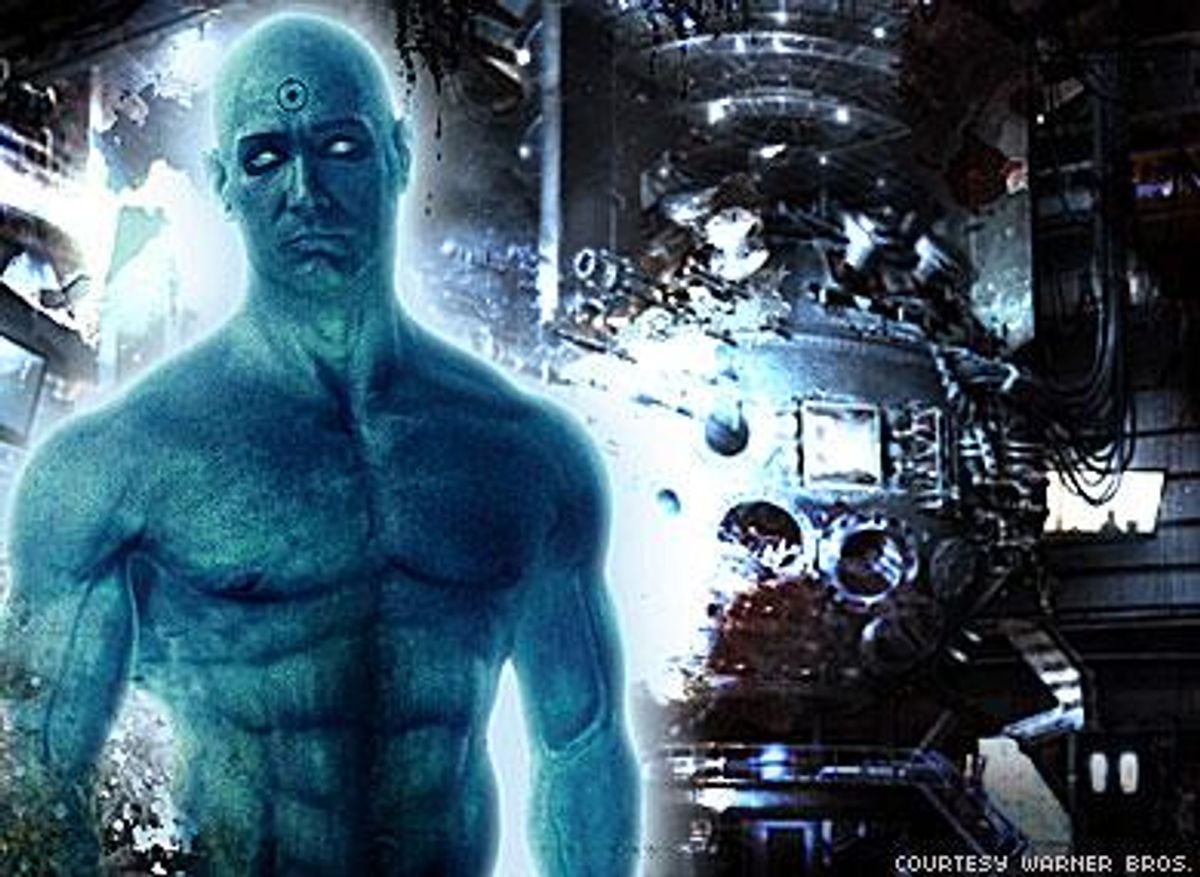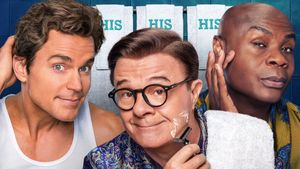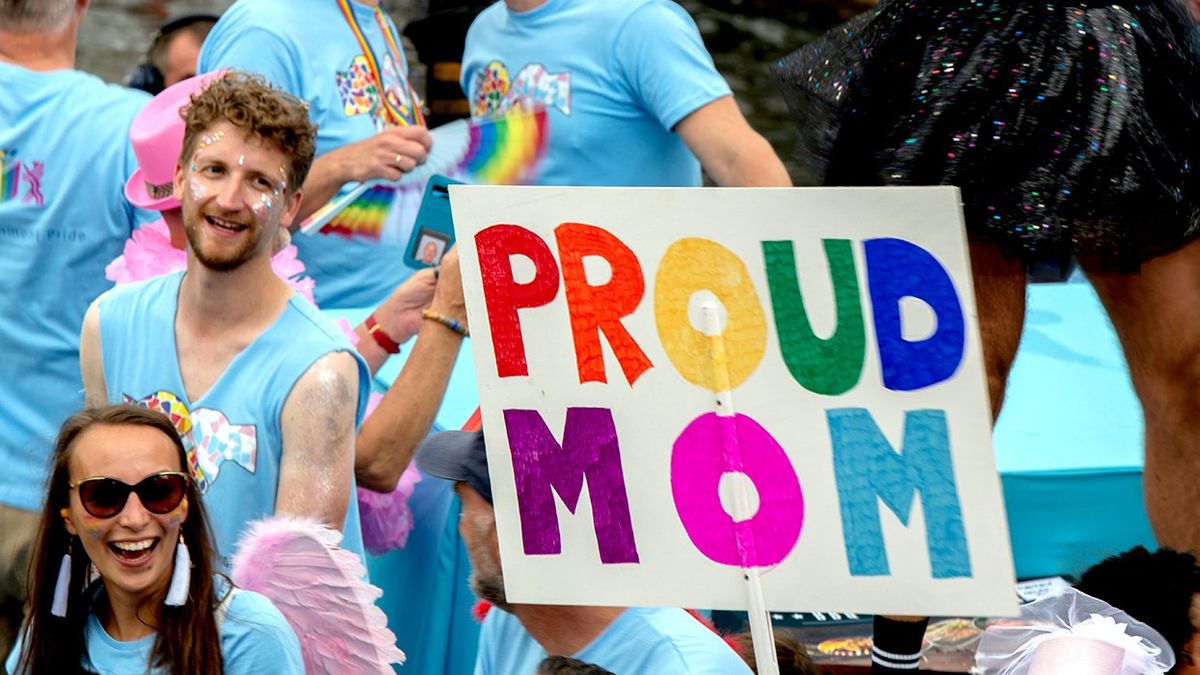It doesn't take a
superhuman intellect to get why so many gay guys geek out for
superheroes. For the nervously closeted adolescent comic book
reader, there's pretty obvious appeal in all those stories
about mild-mannered, unassuming characters with a spandex
secret stashed away in the closet. That psychologically
precarious balance between the maintenance of a double identity
and fantastical powers waiting to be unleashed is potent
enough; throw in sustained, worshipful attention to the male
physique and you've got a compelling combination.
Ah, yes, the bodies. In
the days before any conceivable type, scene, or activity was
mere keystrokes away, we pre-internet preteens took our
titillation where we found it -- and in the bulges and ripples
of the masked avengers, we found it in spades. Not that these
guys were naked, of course. They had their colored costumes.
Except that, as Michael Chabon, author of
The Amazing Adventures of Kavalier & Clay
, has
convincingly argued, they were really all color and no costume, their true purpose
being "the depiction of the naked human form, unfettered,
perfect, and free."
Consciously or
unconsciously, we recognized the capes, belts, and trunks for
the four-color fig leaves they were. Even so, for the
mainstream comic book reader, a little imagination was still
required -- until
Watchmen
.
Alan Moore and Dave
Gibbons' 12-part miniseries, published from 1986 to 1987, was a
bravura pastiche of superhero lore, highlighted by the
costumes: Their fetishistic potential was explicitly
acknowledged, there were jokes about how silly they looked on
aging vigilantes, and it was an index of the gulf between
mankind and the series' equivalent of
Superman --
a bright blue, godlike character called Dr. Manhattan -- that,
half the time, he didn't bother with a costume at all. Here he
was, subtext made flesh: the funny books' first balls-out hero.
To paraphrase one of the series' iconic lines, the superman
exists, and he's hung. What gay reader wouldn't pinch
himself?
Zack Snyder's feature
adaptation of
Watchmen
is, in most respects, a devotedly faithful translation of Moore
and Gibbons' series. As such, it often plays as a case study in
the pitfalls of simply grafting a story from one medium to
another. Things that were interesting or shocking in a comic
book context, such as sex scenes, come across as banal or
kitschy by big screen standards. Dr. Manhattan's nudity,
however, is one loyally preserved aspect that totally retains
its frisson: there he is, played by a CGI'd Billy Crudup, buck
naked for minutes at a time, big blue superjunk swinging free.
What gay viewer won't pinch himself?
Of course, it's far
from the first superhero movie with serious mo-appreciation
potential. Joel Schumacher's
Batman Forever
and
Batman & Robin
, although terrible films, could hardly have been more
blatantly gay in their use of nipple-clad, butt-crack-flaunting
costumes and single-entendre banter. The persecution of mutants
in Bryan Singer's
X-Men
movies, meanwhile, could easily be parsed as analogous to
homophobic (or indeed other kinds of) bigotry. Schumacher and
Singer are both out gay men; Snyder might be a married father
of six, but his appreciation for the heroically nude male form
was amply illustrated in his last picture,
300
(not to mention
widely spoofed). In fact, he seems to like a hot bod, even at the expense of
the story: in Moore and Gibbons' comic, the Batman-like Nite
Owl has some serious middle-age spread going on, but the
character played by Patrick Wilson in the movie seems to find
time to hit the gym, even if he can't always get it up.
The nudity in
Watchmen
is interesting not only for its quantity -- it's hard to think
of any Hollywood studio movie with more male full-frontal
content -- but for this quality of appreciation. Although in
recent years there has been an upswing in the number of dick
shots in mainstream and art-house films, they have tended to be
featured either in straight sexually explicit scenes, such as
those in Michael Winterbottom's
9 Songs, or as emblematic of male vulnerability, as in Jason Segel's
trou-dropping turn in
Forgetting Sarah Marshall. Dr Manhattan is certainly not vulnerable, and although he is
featured in a sex scene, his genitalia aren't. Rather, his nude
body is presented as both object of beauty and example of an
impossible standard of buffness -- not that far, in other
words, from a gay-porn aesthetic.
This, perhaps, is the
only way in which Snyder's movie could be seen as more radical
than its source material. The male body has been the primary
fetish object of comic books from the start; Moore and Gibbons
were just dropping the pretense. But movies have conventionally
subjected the female form to the male gaze. Unabashedly placing
peen front and center,
Watchmen
queers that pitch.


















































































